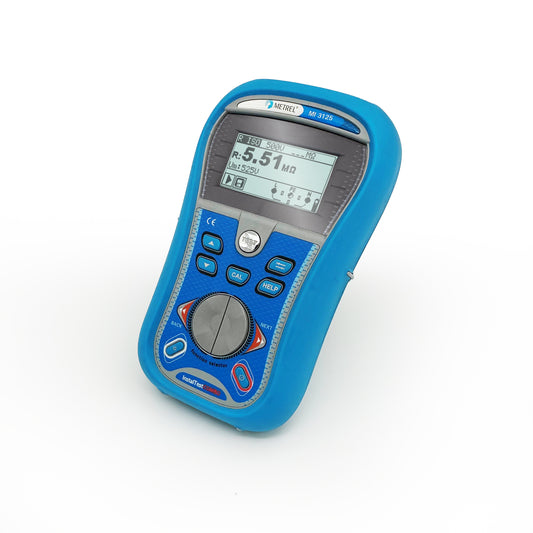Installation testers vs appliance testers – just another sale opportunity?
Appliance testers and installation testers. They basically do they same thing right? Earth continuity, insulation, RCD testing, voltage measurement - the list goes on. But there’s one significant difference – their category and overvoltage rating. So what is a category rating and why does it matter?
A category rating (CAT rating) is a safety classification (IEC 601010) that tells you what kind of electrical environment the tester is designed to handle. It’s all about how much transient overvoltage — sudden voltage spikes — the instrument can safely withstand without putting you or the device at risk. Appliance testers are usually rated CAT II. That essentially means they’re designed for testing appliances or even RCD’s from power outlets.
Installation testers, on the other hand, should have CAT III or ideally CAT IV ratings. These are designed for harsher environments like switchboards, 3-phase or lighting circuits, where voltage surges can be much higher and problematic.
So why don’t appliance tester manufacturers just build CAT III appliance testers – is it just an opportunity to sell two instruments instead of one?
Well, it comes down to the different design requirements and use cases. Unlike installation testers, most appliance testers draw their operating power directly from the incoming mains through internal power supplies for things like charging batteries. This means they have live circuits on connection to mains power which introduces additional safety and design challenges.
Also, appliance testers have exposed sockets and conductive parts designed to connect directly to appliances and leads. To achieve a CAT III rating, devices need much larger creepage and clearance distances between live parts and accessible surfaces. This prevents dangerous arcs or shocks when high-voltage transients occur.
Because appliance testers need to be compact, portable, and user-friendly, increasing creepage distances and isolation barriers to meet CAT III standards isn’t always practical. Installation testers, by contrast, are built to be used at switchboards or distribution panels where higher voltages and surges occur — so they’re designed with higher insulation properties, greater spacing, higher capacity fuses and more robust protective measures.
Appliance testers and installation testers are built for different electrical environments, and their category ratings (and their names) reflect those intended uses. Using the right tool for the right job helps keeps you safe — and your equipment working properly.




